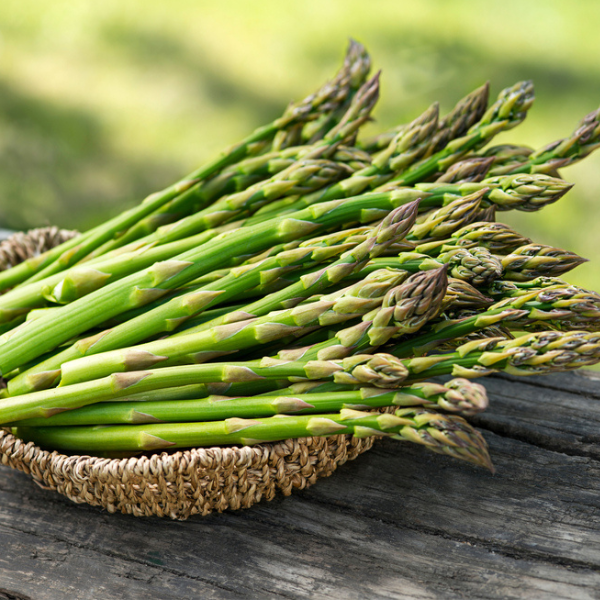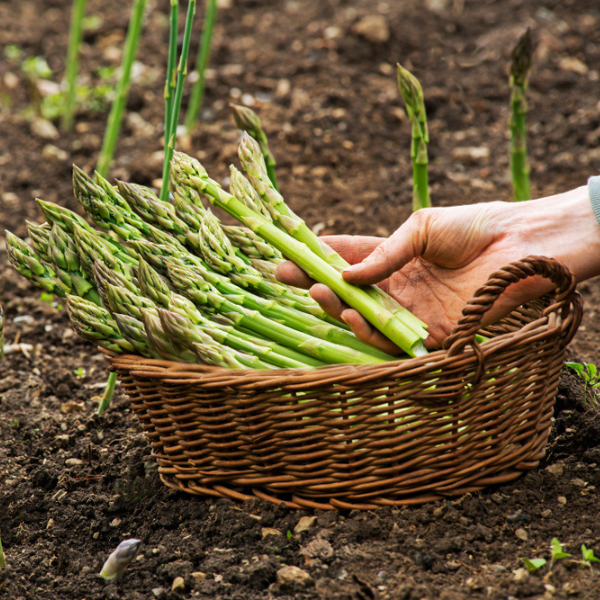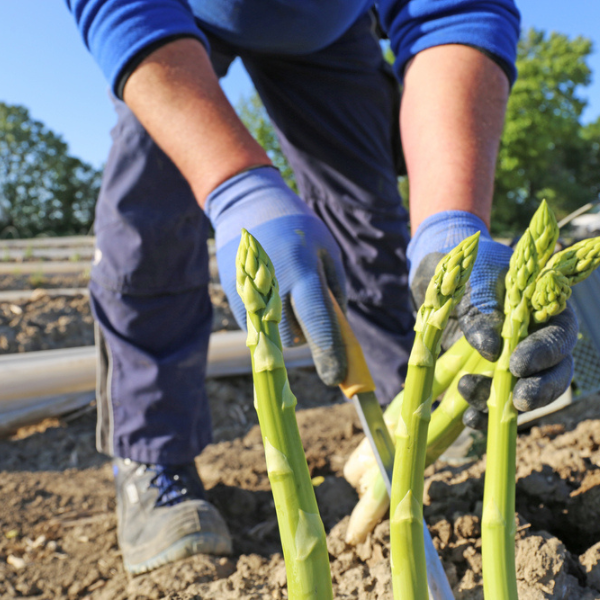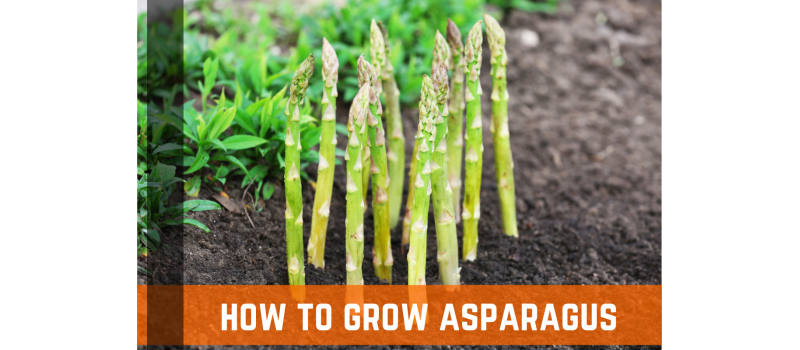Each spring, asparagus is one of the initial vegetables harvested. The spears of asparagus are delicious, delicate, and crisp. In Minnesota, the asparagus harvesting season lasts for around six to eight weeks, between early May and late June. Asparagus spears can grow up to two inches each day during their height of growth, providing abundant yields for gardeners to enjoy. It is no wonder why anyone would want to add asparagus to their home garden.
Optimal Growing Conditions For Asparagus
Asparagus thrives best in well-drained soils with something like a pH of 6.5 to 7.0 and will not thrive in severely acidic soils. It can grow on thick, medium, or sandy soils as long as they are well-drained and don't collect water after rain.
Before growing asparagus, have the soil analyzed to verify if it contains enough nutrients for the plant to thrive. Based on your soil test results, apply the necessary fertilizer. It is advisable to apply some fertilizer before planting in the fall or spring, but about 50% of the phosphorus and potassium must be applied at the time of planting.
Nitrogen should be applied after sowing, once the crowns have begun to expand. After establishing an asparagus patch, it is recommended to test the soil every 3 years and follow the test instructions before adding nutrients. After the asparagus patch has been created, fertilizer, compost, or composted animal manure can be used either before spear emergence in early spring or after harvest in late June or early July.
Only use these inputs if the soil test indicates that they are required. Apply the fertilizer along the row of plants and lightly scrape it in. To avoid damaging the subsurface parts of the plants, do not let the tool to enter the soil more than one inch deep. Any herbicide-containing fertilizer should be avoided since it may harm your vegetable plants.

How To Grow Asparagus
You may not be able to harvest asparagus for three years, but you should still prepare the bed. Asparagus is a perennial, so designate a spot in the garden or build a separate bed. Asparagus need room. Plant crowns 12-18 inches apart. Once formed, they'll spread out swiftly.
Heirloom cultivars need more space since they generate seeds and self-sow. Newer hybrid types generate solely male plants without seeds, thus they need less space because they spread by crown growth. Four weeks before the final frost, plant seeds. Seeds will lengthen your delay. Most people grow asparagus from spring crowns. They look like a string mop, but they're living.
Asparagus crown roots can endure air exposure, thus they're often marketed naked. Firm, fresh, not wilted or mushy. Most asparagus crowns are planted in trenches. Springtime: Dig a 12-inch-deep, 12-inch-wide trench. Create 18-inch heaps of compost, fertilizer, or organic waste. Spread the crown's roots down the mound. Crown should be 6" below soil line. Soil and water the crown.
As shoots appear, fill the trench to the soil line. Remove weeds when creating the bed and when asparagus is young. Asparagus roots develop a carpet, making weeding difficult. Mulch the bed to reduce weeds, but don't interplant asparagus with other crops.

Care & Maintenance
Maintaining weed-free beds is the main factor in effectively producing asparagus. The grass and weeds compete for scarce nutrients. Unfortunately, overgrown beds will provide smaller, less fruitful harvests. In full sun, asparagus plants thrive.
You will end up with skinny spears and vulnerable plants if you don't get enough sunlight each day. Asparagus is a perennial plant with a long lifespan, therefore it pays to spend some time enhancing your soil. Make sure to incorporate a significant amount of natural matter and that the pH of the soil is neutral (6.5 to 7.0). Remove any weeds and big stones from the area as well.
To prevent the plants from ever sitting in water, the soil should drain well. Asparagus requires constant watering, especially when it is young; during its first two growing seasons, give it One to Two inches of water per week; for older plants, provide around 1 inch per week. When you initially plant them, give them an excellent start so that you have fewer issues in the following years.
A soaker hose or drip irrigation may be added to the asparagus patch. During the growing season, asparagus enjoys temperatures between 60 and 70 degrees at night and between 70 and 85 degrees during the day. When the earth reaches 50 degrees in the spring, it will start to develop shoots. After the shoots begin to grow, any frost will result in discoloration. When the temperature is over 85 or below 55, you might see delayed growth.

Harvesting Asparagus
Don't be greedy with your asparagus bed. Each plant produces a few spears the very first year after planting. Stop picking after two weeks so that the fronds can feed the roots. Next year, harvest for 3 weeks, then 4-6 weeks. Too much picking will prevent plants from developing a healthy root system and energy supplies for next season's harvest. Quality isn't affected by spear diameter.
When spears are 5" to 7" tall, harvest them before the points loosen. When spear points relax, they become fibrous. Cut or break spears just above the ground. The plant is unharmed by stubs. Once the bed is established, harvest until only thin spears less than one half inch in diameter remain.
Common Pests & Diseases
In the garden, asparagus is generally trouble-free. Asparagus beetles are the worst hazard. Observe them as the spring spears emerge. In the afternoon, they are the busiest. If there are just a few, pick them up by hand and put them in a pail of soapy water. As an alternative, diluted Neem oil ought to keep things under control.

